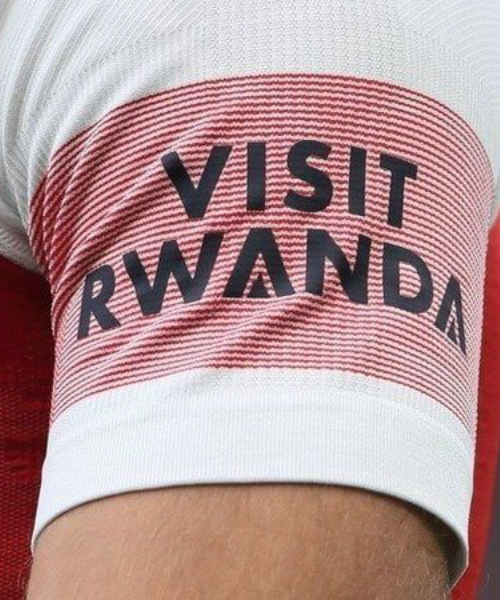Southern African Development Community (SADC) forces have commenced a discreet withdrawal from the conflict-ridden eastern Democratic Republic of Congo (DRC), passing through Rwandan territory, in what some observers describe as a silent and humiliating retreat.
The troops, deployed under the SADC Mission in the DRC (SAMIDRC) to support the Congolese army (FARDC) against the M23 rebel group, are returning to their home countries after months of unsuccessful combat operations. Their departure has fueled celebratory rhetoric among M23 supporters, who are hailing the rebel group’s continued battlefield dominance as a “world historic victory.”

Mission Unraveled Amid M23 Gains
SAMIDRC was deployed on December 15, 2023, following the withdrawal of the East African Community Regional Force (EACRF). Unlike its predecessor, the mission adopted a more aggressive approach, engaging directly with armed groups operating in North Kivu.
However, despite their efforts, SADC forces struggled to regain control of key territories from the M23 rebels. Sources close to the rebel group assert that M23 has consistently maintained its foothold, even against an estimated 60,000 troops from FARDC and regional allies.
SADC had initially committed 5,000 troops to intervene and neutralize armed groups, drawing on the expertise of the Force Intervention Brigade (FIB)—a force that successfully stabilized the region in 2013. However, this time, the mission’s outcomes have been starkly different.
Tactical Failures and Strategic Retreat
By January 2024, M23 forces captured Goma, leaving SAMIDRC forces stretched thin and vulnerable. Fierce battles in Sake and surrounding areas resulted in heavy losses, further diminishing SADC’s ability to reclaim positions previously secured by EACRF.
Despite assurances from South African officials that SAMIDRC troops had undergone adequate pre-deployment training, military analysts argue the mission was ill-prepared for a battle-hardened, well-equipped M23 insurgency.
A high-level summit in February convened by SADC Heads of State assessed the failing mission, ultimately concluding that military intervention alone could not resolve the crisis.
A Negotiated Exit
Faced with battlefield setbacks and dwindling morale, SADC formally resolved to withdraw its forces in March. To facilitate a safe departure, a ceasefire was brokered between SAMIDRC and M23, with the rebel group overseeing the withdrawal process.
The retreat marks yet another shift in the volatile dynamics of the eastern DRC conflict, raising serious questions about regional military strategies and the future of peace efforts in the region.
Observers warn that with M23 cementing its territorial gains, the conflict could deepen, necessitating renewed diplomatic negotiations rather than further military intervention.














